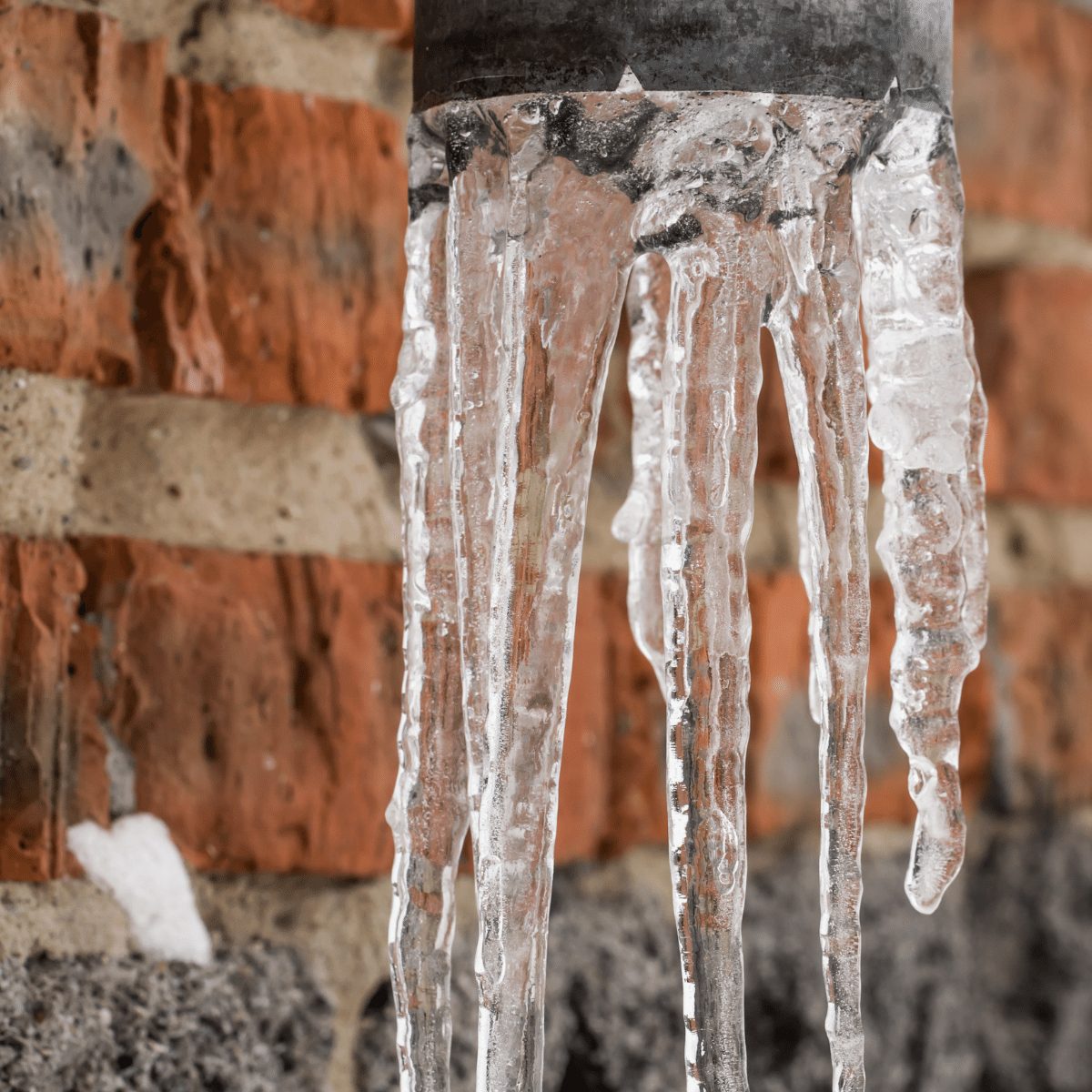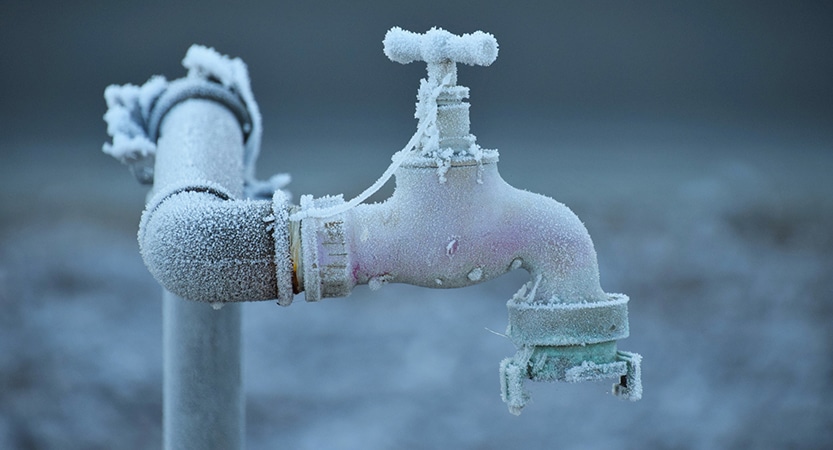Tips for Preventing Frozen Pipes in Winter: Expert Advice
Tips for Preventing Frozen Pipes in Winter: Expert Advice
Blog Article
The content down below on the subject of Prevent Frozen Pipes is extremely stimulating. Don't overlook it.

Cold weather can ruin your pipes, specifically by freezing pipelines. Here's how to avoid it from happening and what to do if it does.
Introduction
As temperatures decline, the threat of frozen pipelines boosts, possibly causing pricey repairs and water damage. Comprehending exactly how to prevent icy pipes is vital for home owners in chilly environments.
Recognizing Frozen Pipes
What causes pipes to freeze?
Pipes ice up when subjected to temperatures below 32 ° F (0 ° C) for expanded periods. As water inside the pipes ices up, it broadens, putting pressure on the pipe wall surfaces and potentially causing them to rupture.
Dangers and problems
Frozen pipes can result in water disruptions, residential property damage, and costly repairs. Burst pipelines can flood homes and create substantial architectural damages.
Indications of Frozen Water Lines
Determining icy pipelines early can avoid them from bursting.
Exactly how to identify icy pipes
Look for decreased water circulation from taps, uncommon odors or sounds from pipes, and noticeable frost on exposed pipelines.
Avoidance Tips
Insulating prone pipes
Wrap pipelines in insulation sleeves or utilize warmth tape to shield them from freezing temperature levels. Focus on pipelines in unheated or external locations of the home.
Heating techniques
Keep indoor spaces properly heated up, especially areas with plumbing. Open up cabinet doors to allow warm air to distribute around pipelines under sinks.
Shielding Outdoor Plumbing
Yard tubes and outside faucets
Disconnect and drain pipes yard pipes prior to winter months. Set up frost-proof spigots or cover exterior taps with insulated caps.
What to Do If Your Pipelines Freeze
Immediate activities to take
If you presume icy pipelines, keep taps open up to soothe pressure as the ice thaws. Utilize a hairdryer or towels soaked in warm water to thaw pipelines gradually.
Long-Term Solutions
Structural changes
Think about rerouting pipelines away from outside walls or unheated locations. Include additional insulation to attic rooms, basements, and crawl spaces.
Upgrading insulation
Purchase premium insulation for pipes, attic rooms, and wall surfaces. Correct insulation aids keep constant temperature levels and decreases the risk of frozen pipes.
Conclusion
Protecting against frozen pipelines requires proactive procedures and fast feedbacks. By understanding the causes, indicators, and safety nets, homeowners can safeguard their pipes throughout winter.
5 Ways to Prevent Frozen Pipes
Drain Outdoor Faucets and Disconnect Hoses
First, close the shut-off valve that controls the flow of water in the pipe to your outdoor faucet. Then, head outside to disconnect and drain your hose and open the outdoor faucet to allow the water to completely drain out of the line. Turn off the faucet when done. Finally, head back to the shut-off valve and drain the remaining water inside the pipe into a bucket or container. Additionally, if you have a home irrigation system, you should consider hiring an expert to clear the system of water each year.
Insulate Pipes
One of the best and most cost-effective methods for preventing frozen water pipes is to wrap your pipes with insulation. This is especially important for areas in your home that aren’t exposed to heat, such as an attic. We suggest using foam sleeves, which can typically be found at your local hardware store.
Keep Heat Running at 65
Your pipes are located inside your walls, and the temperature there is much colder than the rest of the house. To prevent your pipes from freezing, The Insurance Information Institute suggests that you keep your home heated to at least 65 degrees, even when traveling. You may want to invest in smart devices that can keep an eye on the temperature in your home while you’re away.
Leave Water Dripping
Moving water — even a small trickle — can prevent ice from forming inside your pipes. When freezing temps are imminent, start a drip of water from all faucets that serve exposed pipes. Leaving a few faucets running will also help relieve pressure inside the pipes and help prevent a rupture if the water inside freezes.
Open Cupboard Doors
Warm your kitchen and bathroom pipes by opening cupboards and vanities. You should also leave your interior doors ajar to help warm air circulate evenly throughout your home.

I recently found that write up on Helpful Tips to Prevent Frozen Pipes this Winter when doing research the web. Sharing is nice. Helping others is fun. We recognize the value of your readership.
Show Details Report this page